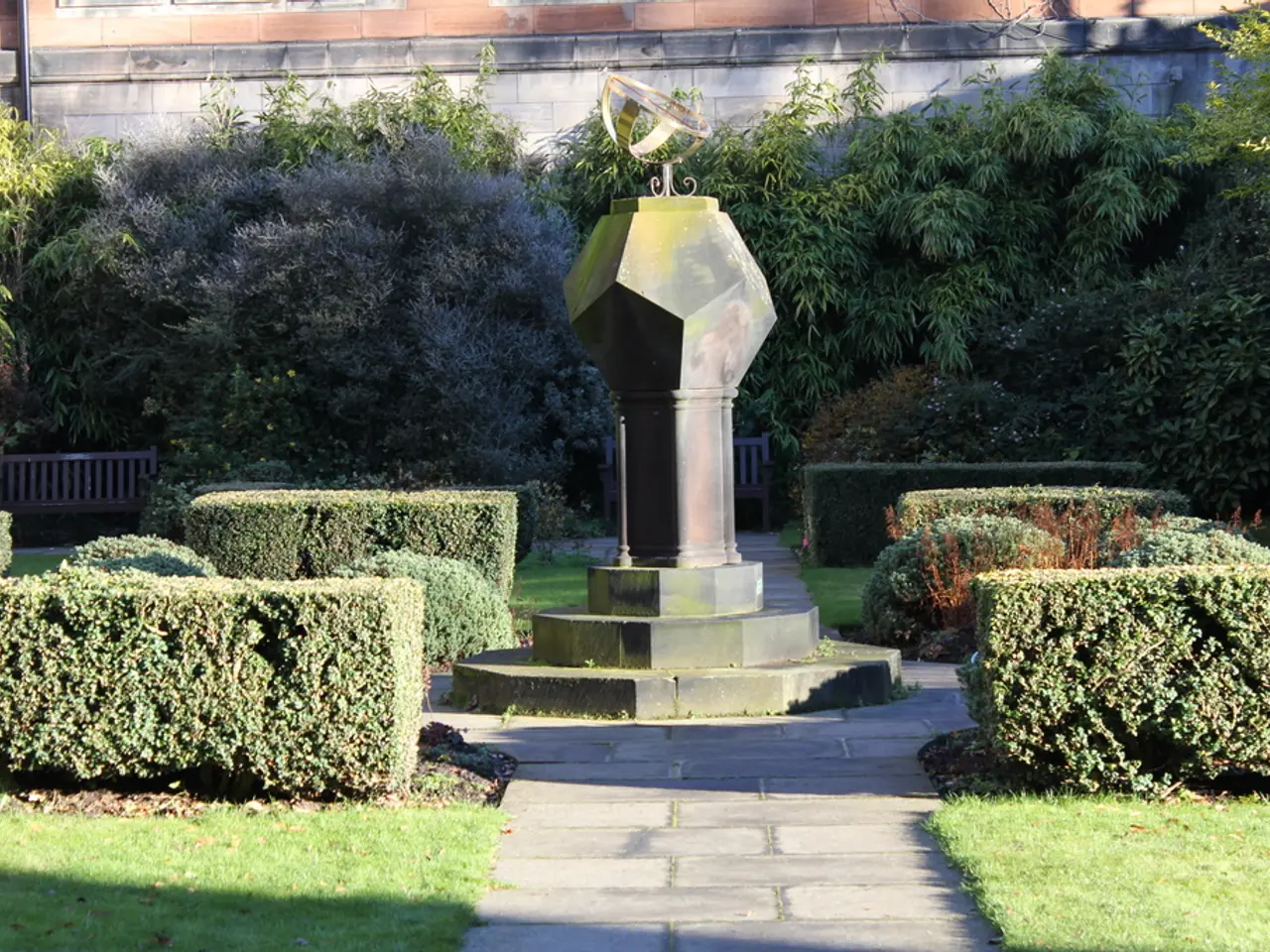Newscast: Scientific Advancements - July 2025 Edition
The Nature Park's science team has recently updated their findings for the 2024-25 academic year, marking the end of another successful term. This period offers an opportunity to celebrate achievements and plan for the future, with the Nature Park's initiatives playing a significant role in global biodiversity research.
One such initiative is the habitat mapping project, which involves systematically documenting various natural habitats within the park. Using advanced tools such as Geographic Information Systems (GIS) and remote sensing, the project identifies and classifies diverse habitat types, enabling targeted conservation efforts. It also monitors changes over time, helping detect habitat loss, degradation, or shifts due to climate change or human activities. Furthermore, it supports ecosystem-based management by integrating spatial information on habitats with ecological data to maintain biodiversity hotspots effectively.
In parallel, the Pollinator Count focuses on tracking the presence, diversity, and abundance of pollinators such as bees, butterflies, and other insects that are essential for plant reproduction and ecosystem functioning. This activity provides baseline data on pollinator populations, which are critical indicators of environmental health and biodiversity. It helps identify trends and threats to pollinators, which face global declines due to habitat loss, pesticides, and climate change. Moreover, it enhances understanding of plant-pollinator interactions, informing restoration and conservation strategies that support both flora and fauna diversity.
The Pollinator Count is a simple survey that involves choosing a flowering plant, observing insects landing on the flowers for a few minutes, and recording the count. One Year 7 learner from Trinity Church of England Secondary School expressed enthusiasm for the Pollinator Count, stating it was "the best day of school ever!" A photograph of a bumblebee was also taken by young people at Milton Hall Primary School and Nursery after adding flowerpots to their school entrance during the Pollinator Count.
Over 1,000 schools, nurseries, and colleges have started mapping their sites as part of the habitat mapping project. A total of 11km² of habitats, 427km of habitat lines, and 11,608 microhabitats have been mapped so far. The mapped data will be analyzed by researcher Victoria over the summer to estimate the existing biodiversity in school grounds.
Participating in the Pollinator Count contributes to real scientific research on pollinators. The science team has participated in events such as the Big Bang Fair in Birmingham and the Climate Action Night at the Natural History Museum, sharing their work and engaging with the community. They have also been visiting schools to support with habitat mapping and biodiversity surveys.
It is recommended to run the Pollinator Count multiple times across a site, either in different habitats or before and after site improvements. Maintaining habitats over the summer holidays is also crucial to ensure their health and vitality. While the article does not provide specific details about the five ways to look after habitats over the summer holidays, it emphasises the importance of doing so.
In summary, the Nature Park's habitat mapping and Pollinator Count are essential tools that feed into global biodiversity research by capturing fine-grained ecological data, monitoring ecosystem health, and guiding effective conservation efforts worldwide. By sharing habitat and pollinator information, the park aids in building comprehensive biodiversity databases, informing policy and management decisions at local to international scales, and supporting ecological restoration and resilience efforts aimed at conserving biodiversity amid environmental changes.
- The Nature Park's habitat mapping project, updated for the 2024-25 academic year, identifies and classifies diverse habitats within the park, using advanced tools like Geographic Information Systems (GIS) and remote sensing, to enable targeted conservation efforts and detect changes due to climate change or human activities.
- The Pollinator Count initiative focuses on tracking the presence, diversity, and abundance of pollinators in the Nature Park, providing baseline data on pollinator populations that are critical indicators of environmental health and biodiversity.
- Participation in the Pollinator Count contributes to real scientific research on pollinators, and the science team shares their work at events like the Big Bang Fair and Climate Action Night to engage with the community.
- By mapping their sites and running the Pollinator Count multiple times, schools, nurseries, and colleges contribute to the Nature Park's initiatives, which play a significant role in global biodiversity research and support environmental education and self-development through learning about science, climate change, and the environment.




